An Indian regional cuisine restaurant in Kala Ghoda ushers the new season with home chefs celebrating festive food from their home turfs
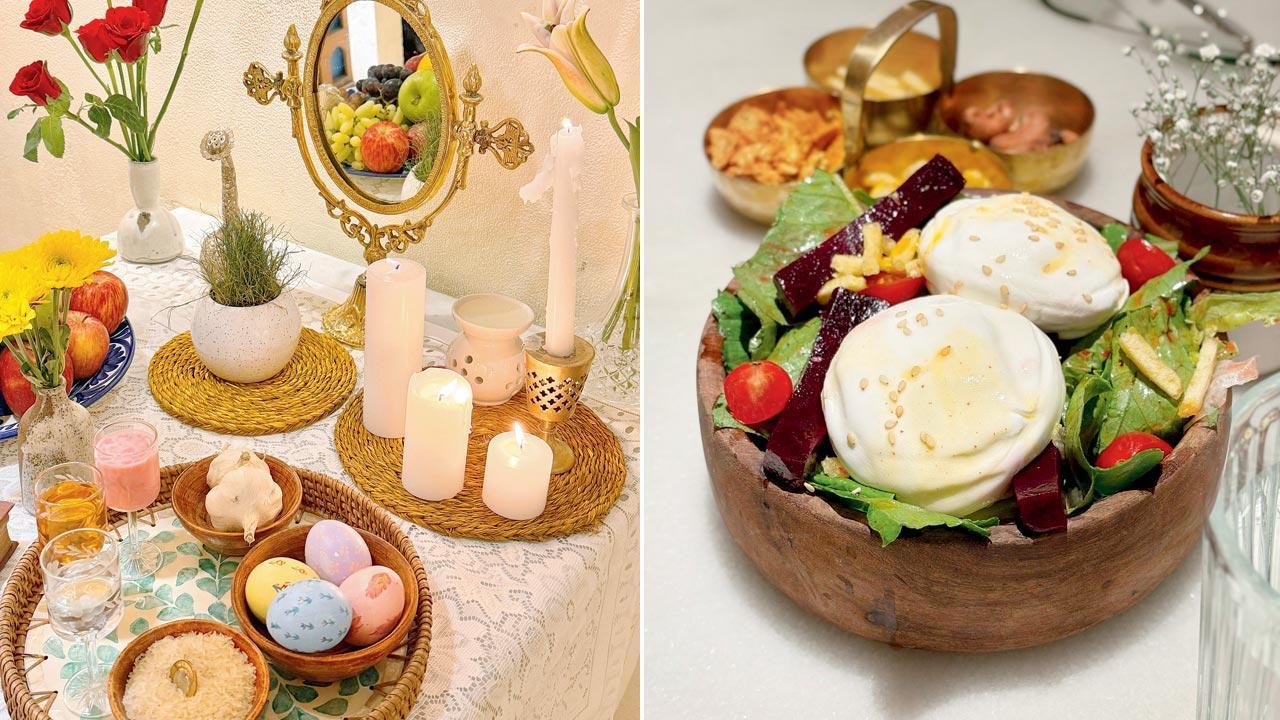
The decorated Navroze table; (right) topli paneer. Pics Courtesy/Folk
As the city’s Parsis and Iranis celebrate Navroze, Folk, the traditional Indian regional restaurant at Kala Ghoda by chef owner Jasleen Marwah, thought it timely to create the Navroze table at her dining space. She has also gathered her chef girls’ squad to represent delicacies for Baisakhi, Pongal, Navroze, Gudi Padwa, Bihu, Vishu, Pohela (Poila) Boishakh. Marwah has roped in food and travel writer Roxanne Bamboat to set up a Haft Sin or special table at the restaurant. “The idea is to pay homage to this Parsi-Irani tradition as they celebrate Navroze today. However, the fare is from across the country — Bihari, Assamese, Punjabi, Chitrapur Saraswat Brahmin (CSB; Karnataka) and Kolhapuri,” shares Marwah, who has made roundels of topli paneer and patra ni machhi from Parsi cuisine for the menu.
ADVERTISEMENT
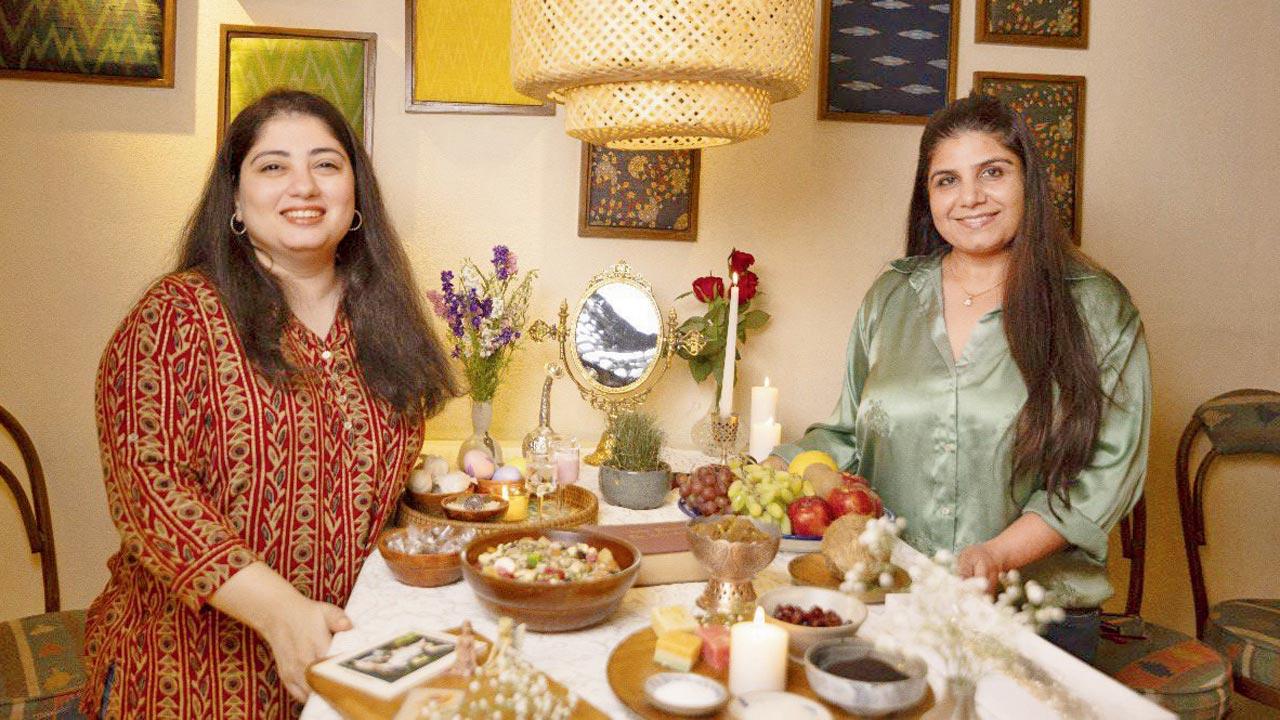 (From left) Roxanne Bamboat and Jasleen Marwah
(From left) Roxanne Bamboat and Jasleen Marwah
Bamboat explains, “Parsis and Iranis celebrated Navroze on March 20 and 21, which is also spring equinox. We lay out a Haft Sin or special table at home. At Folk, we wanted to recreate this spring-time magic, and have decorated our very own table. A typical spread consists of seven symbolic objects, including apple, dried berries, garlic, sprouted wheat or barley, sumac and vinegar. It includes coins, flower buds, sweets, painted eggs, garlic, a mirror, and candles. In Irani and Parsi homes, family members decorate the table with offerings of sweets and fruit for any well-wisher who comes to visit,” says Bamboat.
Take a look at what foods are on offer: >
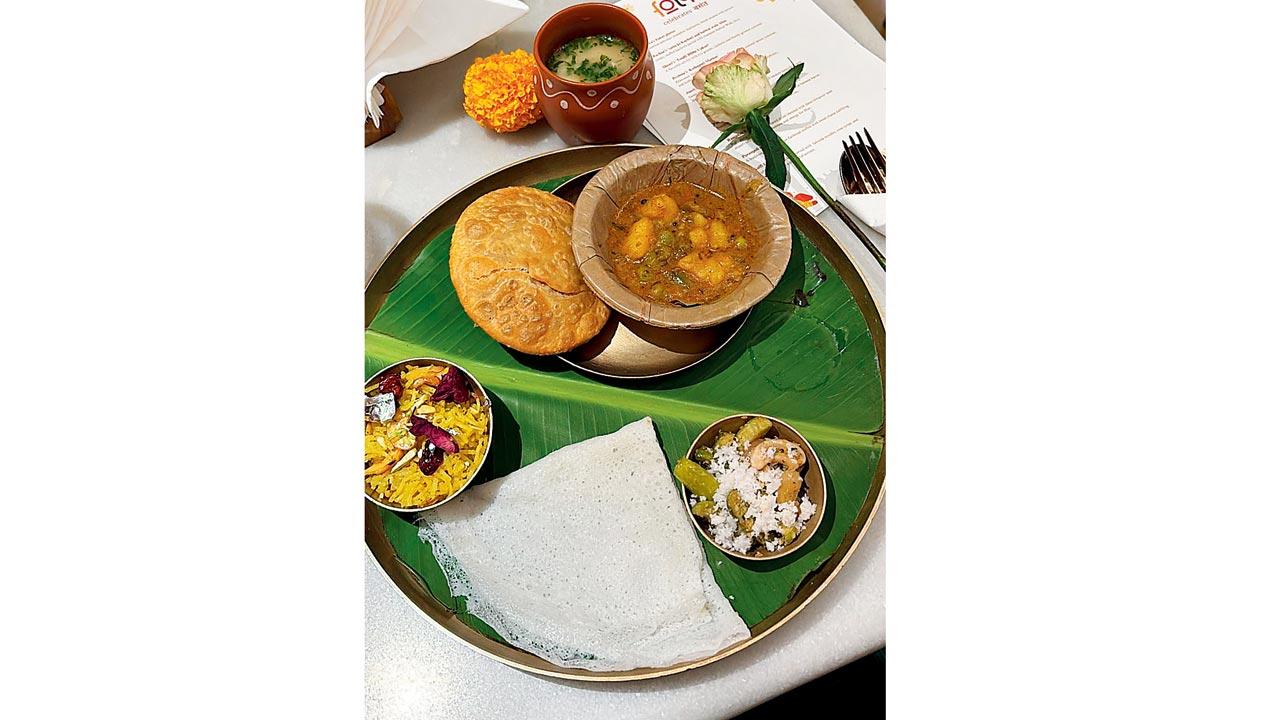 Sattu kachori, alu; (left) mitthe chawal; (right) tinde bibbe upkari
Sattu kachori, alu; (left) mitthe chawal; (right) tinde bibbe upkari
BIHAR: Sattu ki kachori: Chef Rachna Prasad is making sattu ka sharbat, sattu kachori and halwai wali sabji with thekua and ras pua. “Phagun, celebrated during Holi, is known for festive delights like thekua, malpua, dahi vada, pua, and mutton curry, bringing together the vibrant flavours of Bihar.
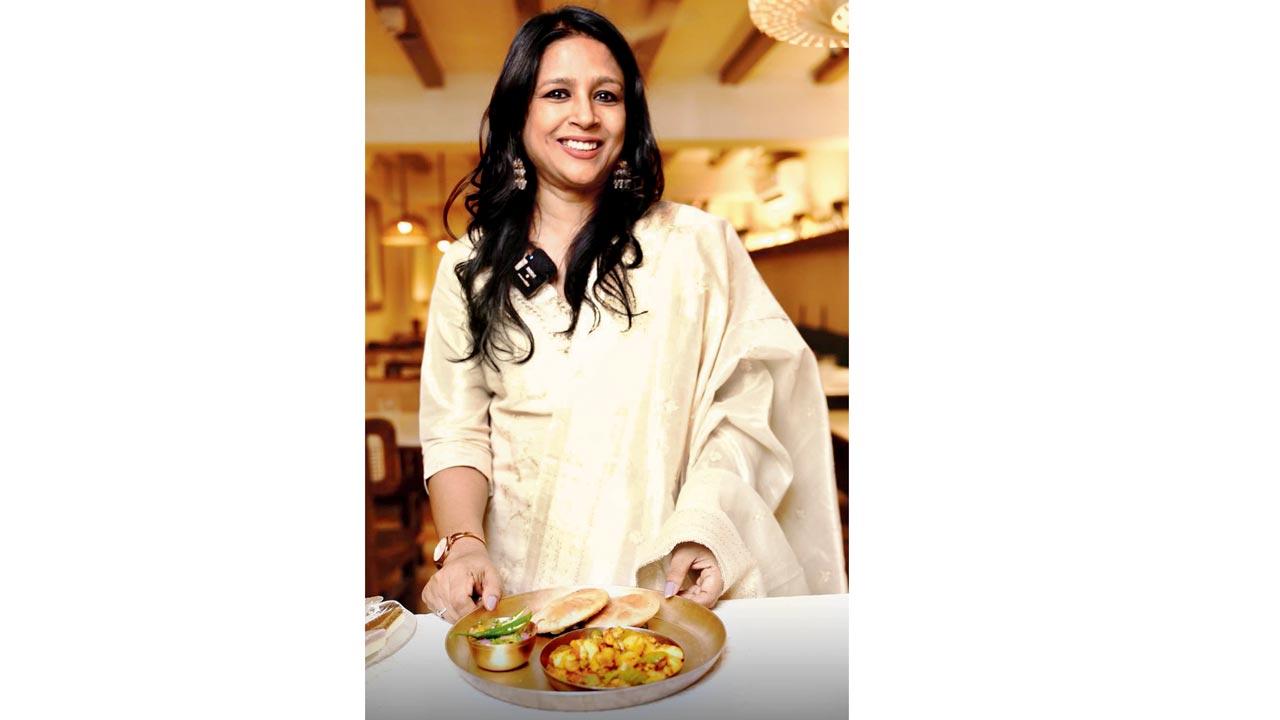 Rachna Prasad
Rachna Prasad
Additionally, as summer approaches, Bihar’s internal regions, like Magadh, Mithila, and Bhojpur, rely on sattu-based dishes for cooling and nourishment,” says Prasad.
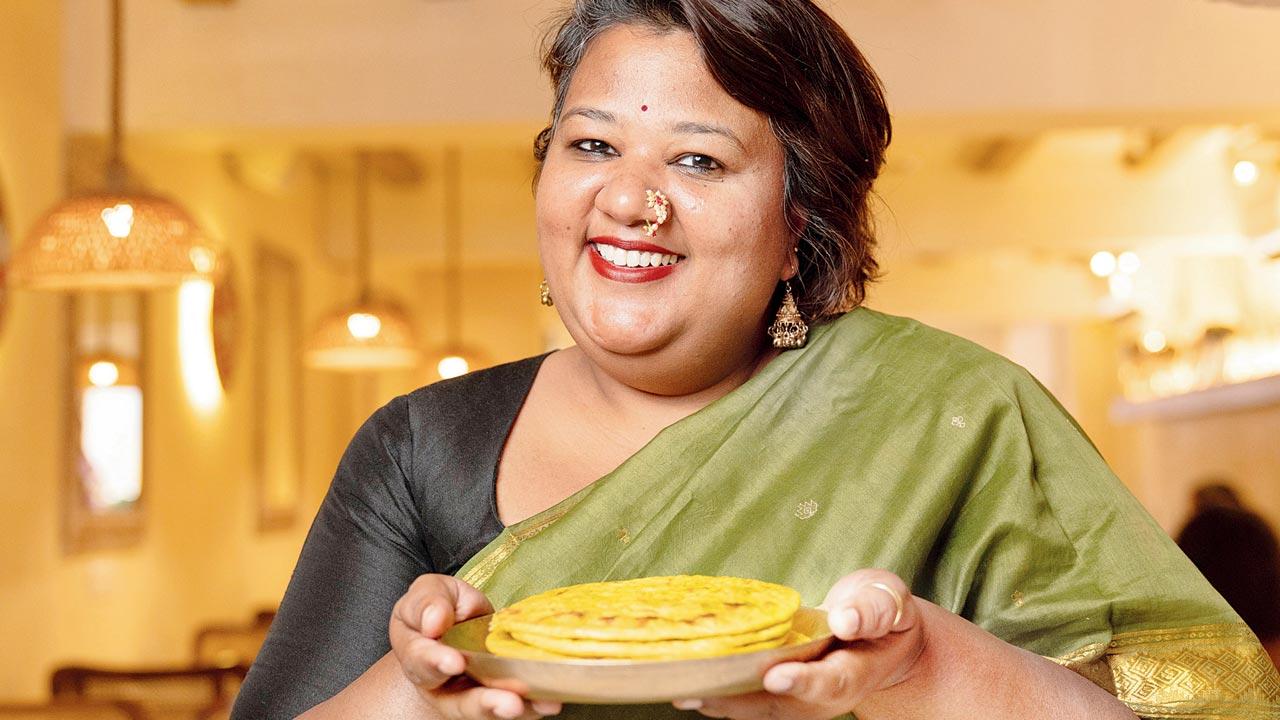 Reshma Mane
Reshma Mane
MAHARASHTRA: Kolhapuri mutton curry: Home chef Reshma Mane is cooking puran poli and Kolhapuri mutton to ring in the flavours of Maharashtrian New Year, Gudi Padwa. “The Kolhapuri mutton is my mom’s recipe made using the Kolhapuri tikat masala we source from Kolhapur. Our puran polis are smaller in size, and of medium thickness filled with chana dal and jaggery.”
 An Assamese pakoda platter; (right) Gitika Saikia
An Assamese pakoda platter; (right) Gitika Saikia
ASSAM: Sesame pakodas: Chef Gitika Saikia has created a pakoda platter to represent Bohag Bihu by using local ingredients. Think curry leaves, pumpkin and black til bora (black sesame) turned into pakodas with delish tomato chutney.
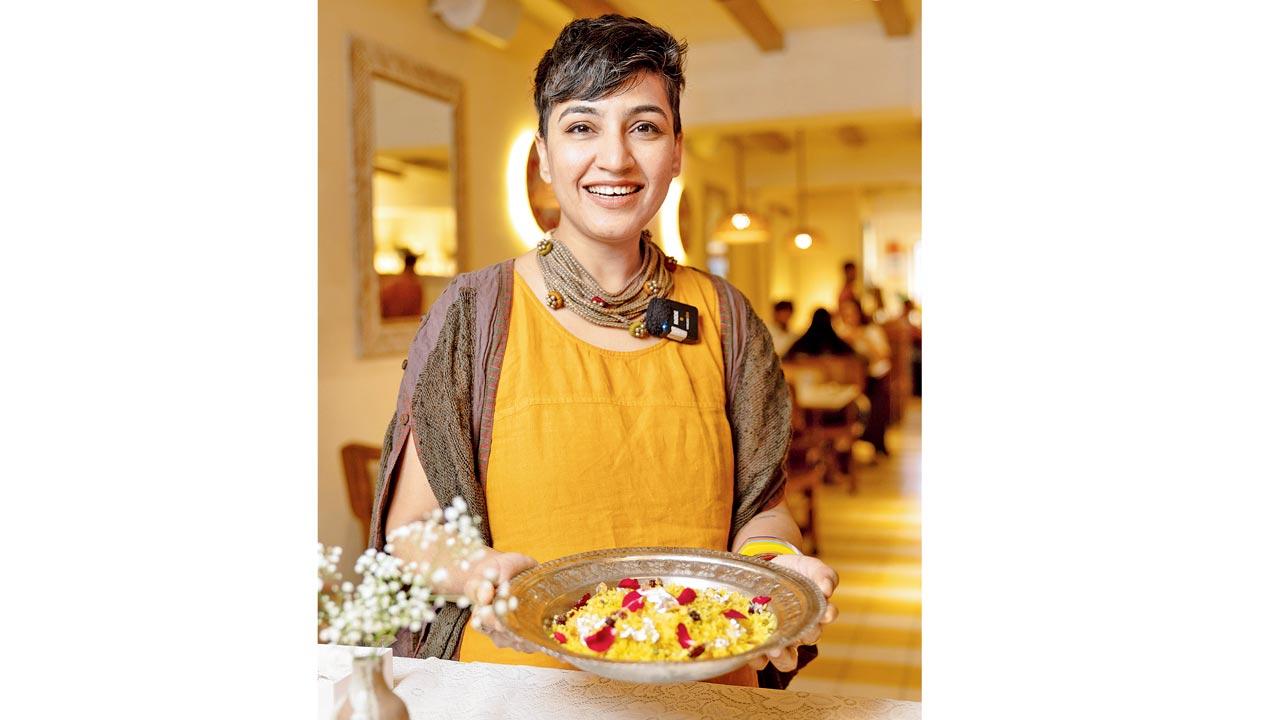 Amrita Kaur
Amrita Kaur
PUNJAB: Mitthe chawal: Chef Amrita Kaur sets Punjabi mitthe chawal for Baisakhi celebration. “They have saffron and dry fruits infused in sweet rice. Since it is a Navroze table, we’ve added berries to the recipe,” reveals Kaur.
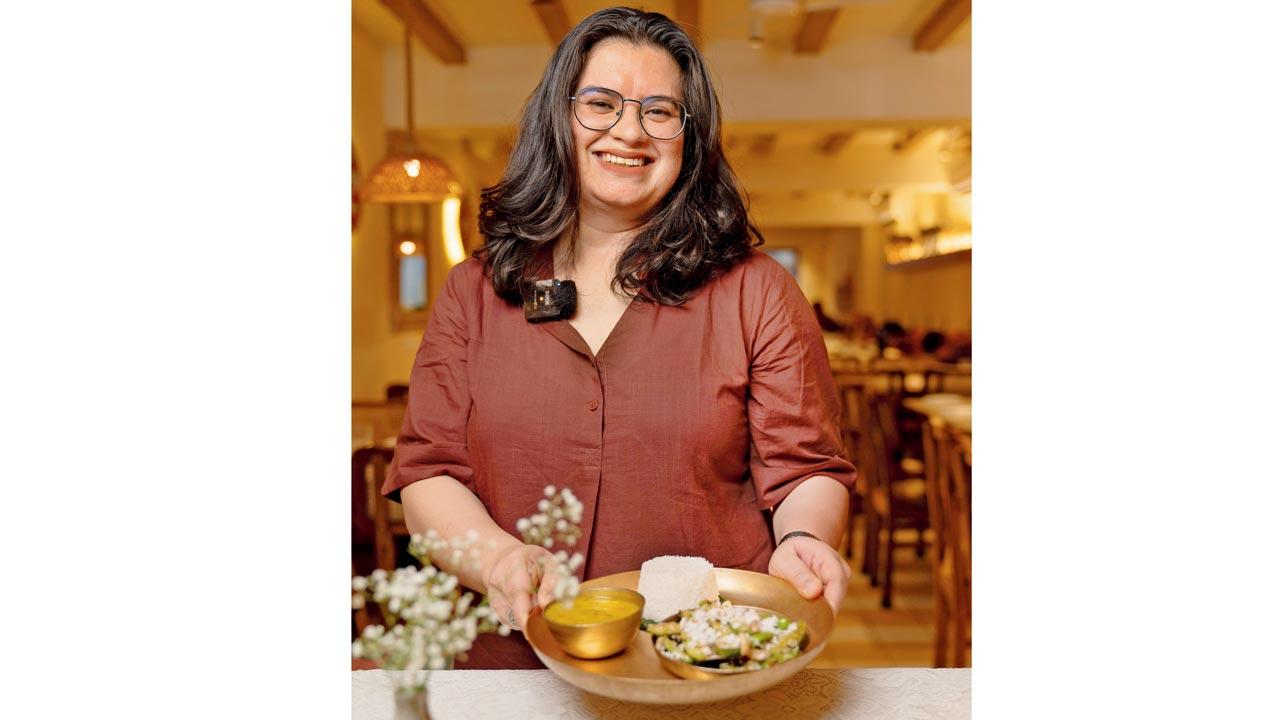 Shanti Petiwala
Shanti Petiwala
KARNATAKA: Tendli bibbe upkari: Shanti Petiwala is cooking a sub-cuisine of Chitrapur Saraswat Brahmin — a small community from Karnataka. “Spring harvest has bibbe or tender cashews. I have made bibbe upkari — a simple stir fry with ivy gourd or tendli with bibbe and freshly grated coconut. The bibbe are allowed to dry in their skins. They require rehydrating for a couple of hours, peeling and then splitting to use in the dish. Our tendle bibbe upkari is best with dali thoy (a special Saraswat dal preparation) and sheeth (rice).” All the dishes are on the menu to order à la carte.
TILL March 24 (lunch and dinner seatings)
AT 14, New Bake House, Kala Ghoda.
CALL 9820453001
COST Rs 500 (per dish, à la carte)
 Subscribe today by clicking the link and stay updated with the latest news!" Click here!
Subscribe today by clicking the link and stay updated with the latest news!" Click here!








